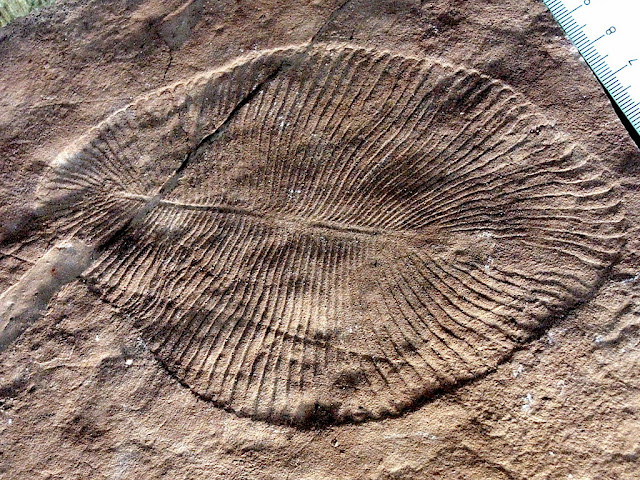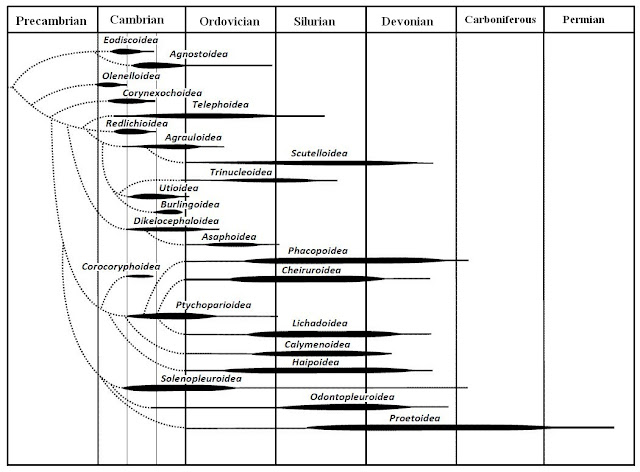 |
| Dickinsonia costata from the Ediacaran Biota [1] |
Trilobites abruptly appear from nowhere, without any evolutionary history.
Still, evolutionists insist that the appearance of trilobites in the fossil record was preceded by a long evolutionary pathway. Sadly, it had not left behind any fossil evidence. To account for the nuisance, they come up with some no-go explanations. Here is one of them:
“One good reason might be that many of these animals had only soft parts to their bodies: no shells or bones to fossilize.” [2]
Contrary to this, some soft-bodied organisms have been perfectly preserved as fossils. Dickinsonia would make an excellent example.
Why then the supposed evolutionary ancestors of trilobites have not been preserved? The obvious reason is that they have existed only in the imagination of evolutionists.
Recommended resources:
 |
| $9.99 - eBook |
 |
| $9.99 - eBook |
[1] By Verisimilus at English Wikipedia, https://commons.wikimedia.org/wiki/File:DickinsoniaCostata.jpg. License: CC BY-SA 3.0 (https://creativecommons.org/licenses/by-sa/3.0/deed.en).
[2] Dawkins, Richard, The Blind Watchmaker, W.W. Norton & Company, New York, 1996, p. 230.
































